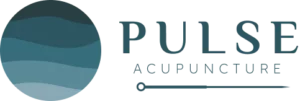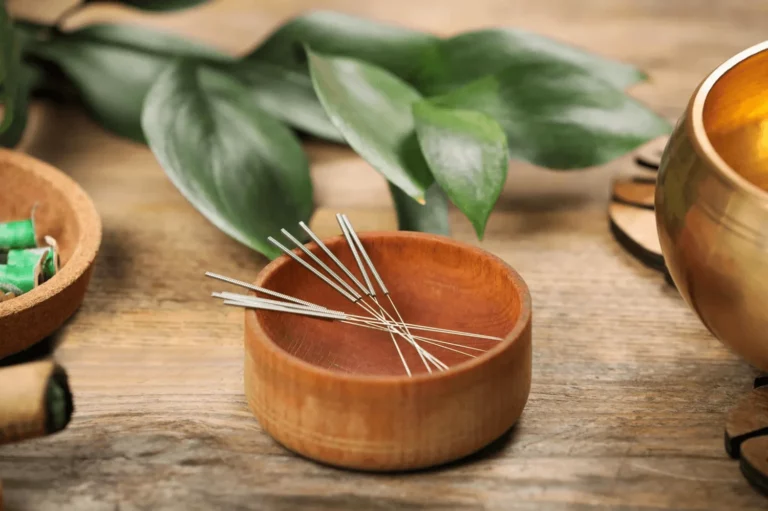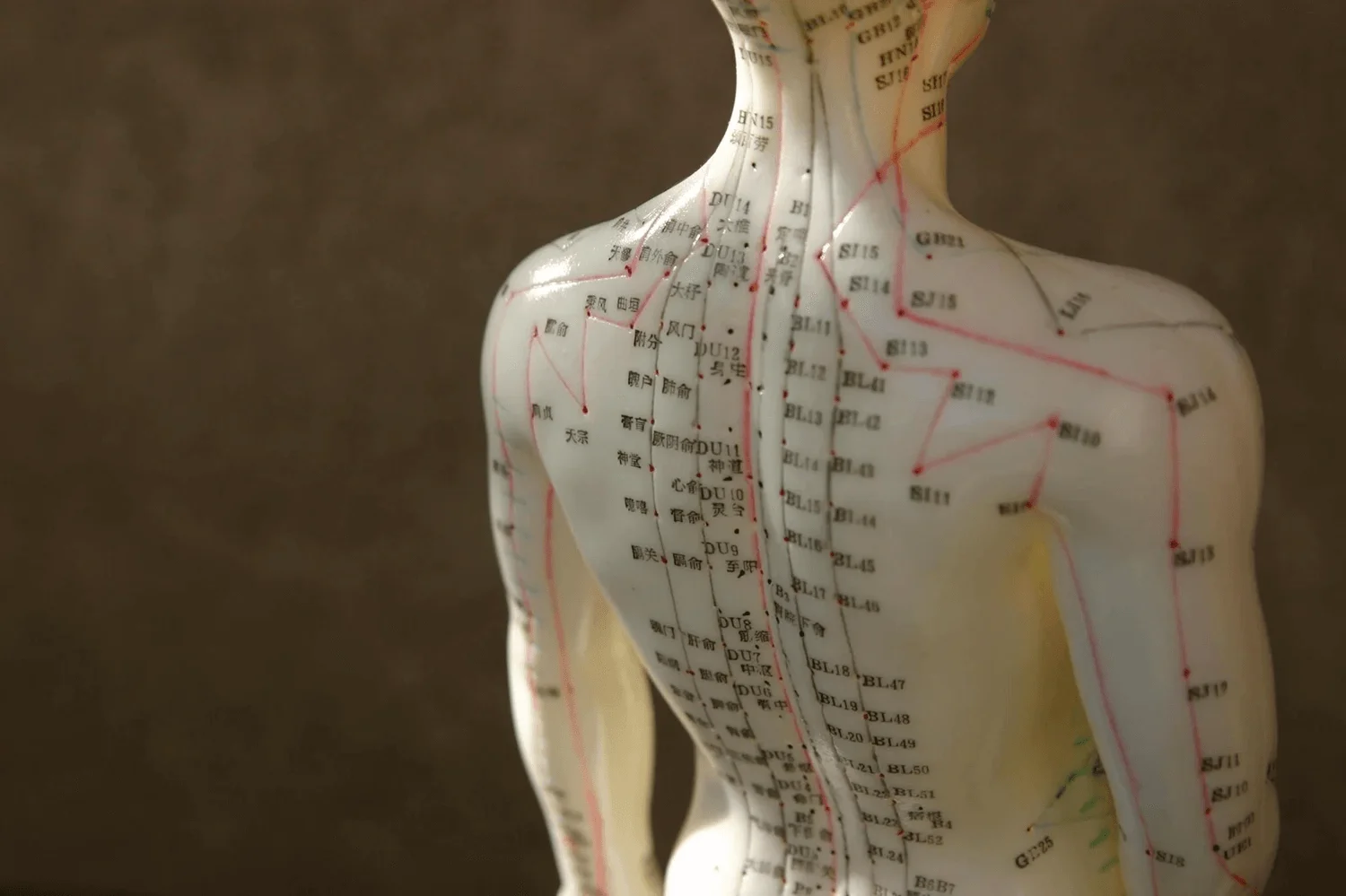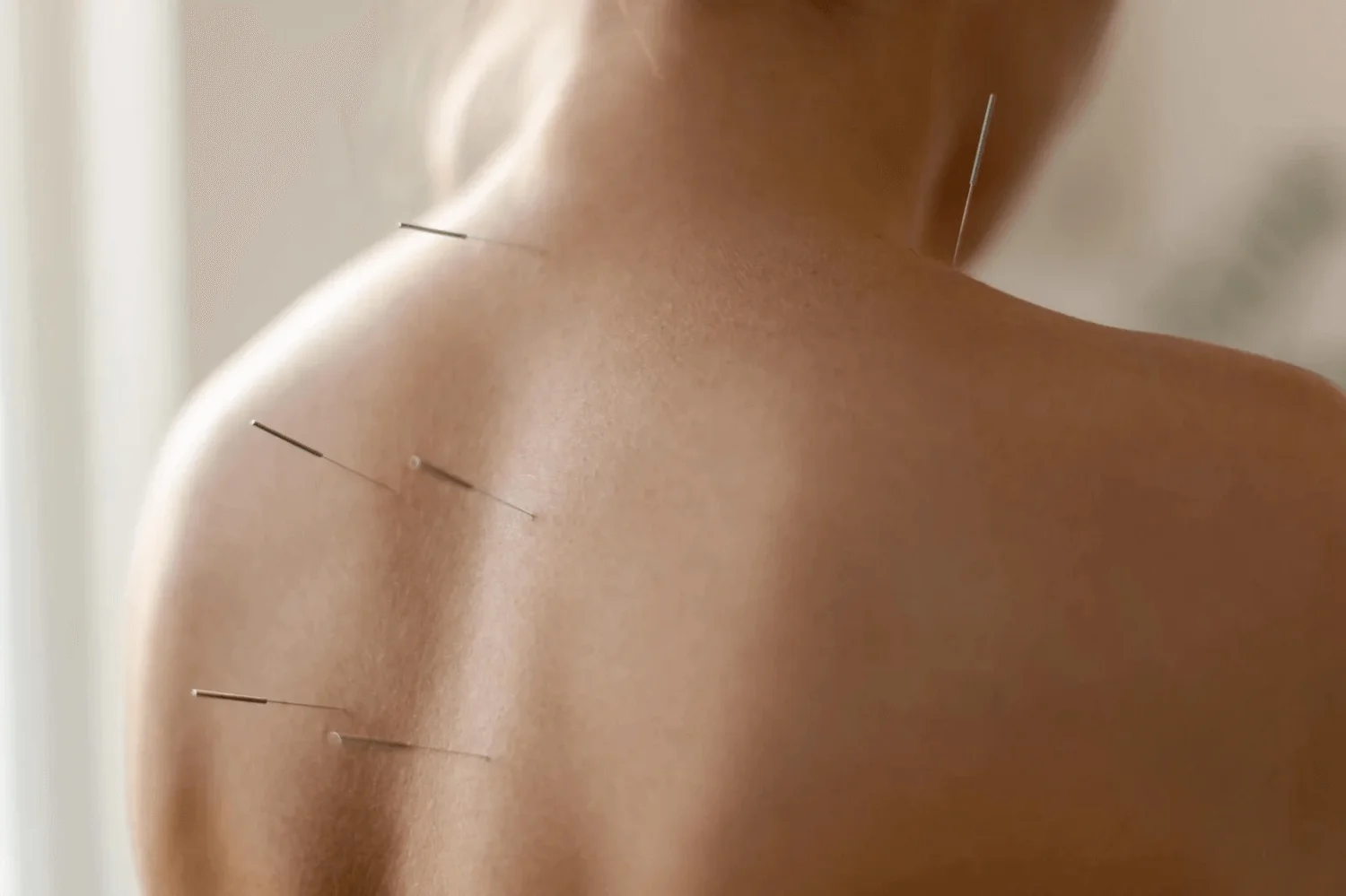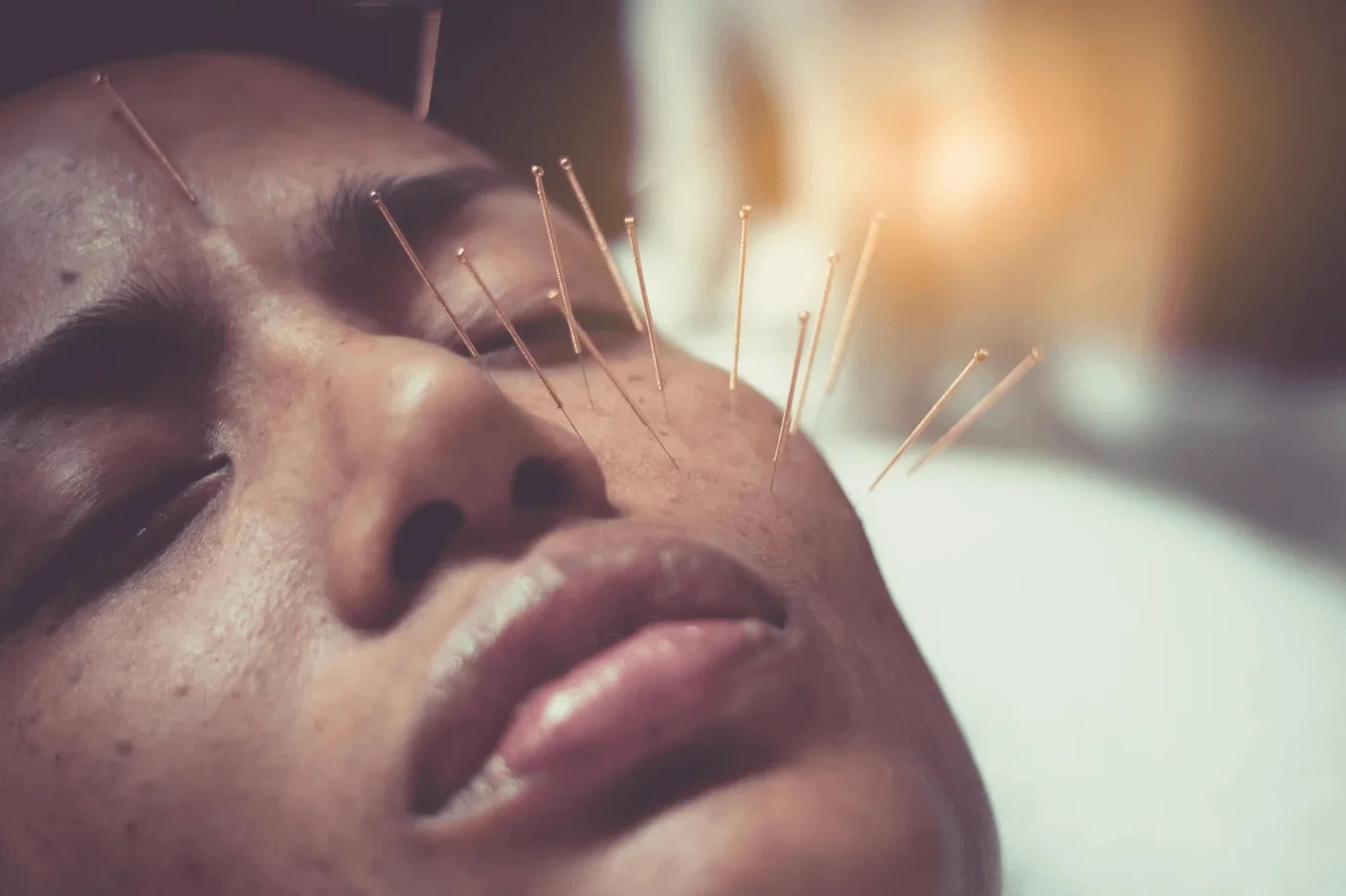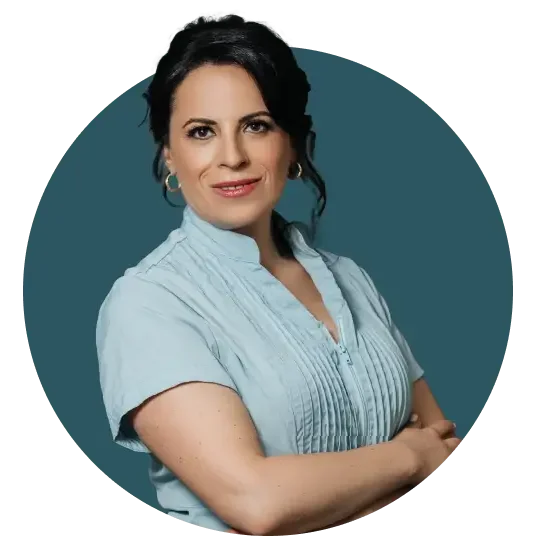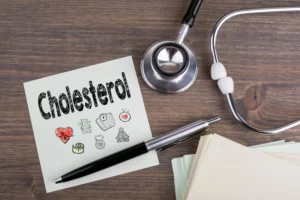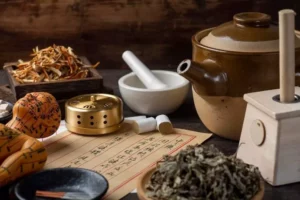What is Acupuncture?
The acupuncture meaning extends into its roots in Chinese medicine acupuncture. While its mechanisms are complex and not fully understood in terms of Western medicine, many people find relief from various conditions through acupuncture. It’s widely used to manage pain, stress, and various other health issues. Chinese acupuncture is part of a broader medical system that includes herbal medicine, massage, and exercise. It’s recognized globally and practiced by certified professionals who undergo extensive training to ensure safety and effectiveness. To gain a deeper understanding of this ancient healing practice, exploring the acupuncture definition can provide clarity on its methodology and applications.
How Does Acupuncture Work?
Acupuncture therapy involves the insertion of very thin needles through a person’s skin at specific points on the body, to various depths. This process is thought to stimulate nerves, muscles, and connective tissue. The stimulation can boost the body’s natural painkillers and increase blood flow.
The exact way acupuncture therapy works is still a topic of research, but it’s believed to influence the body’s energy flow or qi, correcting imbalances and promoting healing. People turn to acupuncture therapy for relief from a variety of symptoms and conditions. While the idea of being pricked with needles may sound daunting, most find the procedure to be minimally uncomfortable and often quite relaxing – some people may even fall asleep.
History of Acupuncture
Traditional Chinese medicine acupuncture (TCM acupuncture), has a rich history stretching back thousands of years. It was developed in ancient China and has evolved over centuries, influenced by various medical theories and practices. Modern acupuncture has expanded on these traditional foundations, incorporating new research and techniques. It’s now widely practiced around the world, not only for pain management but also for a broad range of health conditions. Modern acupuncture often uses standardized points and is sometimes combined with other treatments like electric stimulation or cupping.
Key Milestones in Acupuncture History are:
- Origin in ancient China as part of TCM.
- Spread along the Silk Road to other parts of Asia and Europe.
- Introduction to the West in the 20th century.
- Recognition by Western medicine and research into its efficacy.
- Integration into modern healthcare systems worldwide.
Who Invented Acupuncture?
Acupuncture doesn’t have a single inventor. It’s a practice that emerged over thousands of years within traditional Chinese medicine. Its development is deeply rooted in ancient Chinese philosophy, culture, and medical practice. The earliest written record of acupuncture is found in the “Huangdi Neijing” (The Yellow Emperor’s Classic of Internal Medicine), a foundational text of Chinese medicine believed to have been compiled around the late Warring States period to the Han Dynasty (circa 475-220 BCE).
This text lays out the theoretical basis for acupuncture, including the concepts of qi, meridians, and acupuncture points. However, the practice likely existed in some form before being systematically described in this text, evolving through centuries of observation, practice, and oral tradition among healers in ancient China. But the true origin and “date of birth” of acupuncture is still unknown.
What is Acupuncture Good For?
Acupuncture treatment is known for its versatility in addressing a wide range of health issues.
Common Conditions Treated by Acupuncture:
- Chronic pain. Including back pain, neck pain, and arthritis
- Headaches. Including tension headaches and migraines
- Stress and anxiety. Helps in reducing stress levels and promoting relaxation
- Digestive issues. Such as irritable bowel syndrome (IBS) and constipation
- Sleep disorders. Including insomnia and restless leg syndrome
- Respiratory conditions. Like asthma and allergies
- Menstrual and fertility issues. Including menstrual cramps and support for IVF treatment
Acupuncture treatment is usually crafted to fit the individual, with practitioners choosing specific points to target based on the patient’s symptoms and overall health. This approach is a hallmark of acupuncture’s effectiveness in treating a wide array of conditions.
The Benefits of Acupuncture
The benefits of acupuncture are wide-ranging, offering relief for both physical and emotional conditions. This practice, rooted in the science behind acupuncture, taps into the body’s natural mechanisms for healing and regulation. By stimulating specific points on the body, acupuncture can enhance blood flow, reduce inflammation, and trigger the release of endorphins, the body’s natural painkillers. The science behind acupuncture points to its ability to affect various biological processes, thereby offering a holistic approach to health and wellness. If we talk about acupuncture benefits and risks, then the former outweighs the latter by a great margin. When acupuncture is mixed with other practices like Chinese herbs, cupping, or TuiNa massage it may offer its full spectrum of acupuncture benefits.
Side Effects of Acupuncture
While traditional acupuncture is considered safe when performed by a trained professional, there are some potential acupuncture side effects to be aware of. These are generally minor and rare, but it’s important to have a complete picture before starting treatment.
Common Acupuncture Side Effects:
- Soreness. At the needle sites, especially if the area was tight or tense before treatment.
- Minor bleeding or bruising. Where the acupuncture needles were inserted.
- Dizziness or faintness. Especially in those who are sensitive or if they haven’t eaten before treatment.
- Fatigue. Some people feel very relaxed or even slightly tired after acupuncture.
It’s worth noting that serious side effects are very uncommon in traditional acupuncture, thanks to the stringent hygiene standards and training requirements for acupuncture practitioners. Always ensure your acupuncturist is certified and experienced to minimize risks.
Types of Acupuncture
Acupuncture has evolved into various forms, each with its unique approach and techniques. These variations adapt the core science of acupuncture, which involves stimulating specific points on the body to promote healing and balance:
- Traditional Chinese Medicine (TCM) Acupuncture. Utilizes comprehensive diagnostic methods to restore balance to the body’s energy (Qi).
- Five Element Acupuncture. Focuses on improving the body’s natural healing processes by balancing the five elemental energies.
- Japanese Acupuncture. Known for its gentle techniques and minimal needle insertion.
- Electroacupuncture. Combines traditional needling with electrical stimulation to enhance effects.
- Dry Needling. Targets muscle knots and is used primarily for pain relief and muscle tension.
- Medical (aka Western) Acupuncture. Uses acupuncture within the framework of Western medical diagnosis, often focusing on symptom relief.
- Auricular Acupuncture. Targets the ear, reflecting the entire body for various conditions.
- Scalp Acupuncture. Concentrates on zones of the scalp to influence the nervous system.
- Sports Acupuncture. Aims to improve athletic performance and treat sports-related injuries.
- Acupuncture Physical Medicine (APM). Integrates traditional acupuncture with Western myofascial pain release techniques.
- Kiiko Matsumoto (KM) Acupuncture. A dynamic, palpation-based approach that is highly individualized.
- Korean Acupuncture. Emphasizes fewer points and often includes hand acupuncture.
- French Energetic Acupuncture. Combines traditional techniques with a focus on the body’s energetic pathways.
- Master Tung Acupuncture. Features unique points and is renowned for its quick effectiveness.
- Dr. Tan Acupuncture. Based on balancing meridians for rapid pain relief.
- Miriam Lee Acupuncture. A blend of powerful techniques popularized by one of the pioneers of acupuncture in the United States.
- Jeffrey Yuen Acupuncture. Stems from classical Chinese medicine teachings, focusing on spiritual and physical healing.
- Meridian therapy acupuncture. Concentrates on meridian lines to balance Qi.
- Vietnamese Acupuncture. Includes distinctive methods such as using fewer and finer needles.
- Acupressure. A non-invasive form of bodywork that stimulates acupuncture points by applying pressure.
These are the main types of acupuncture, but they may also have some subdivisions. For example, Battlefield Acupuncture is a subtype of Auricular acupuncture and is actually used by the US Army for quick pain relief when more traditional methods or medications cannot be applied. But may also be provided by acupuncture clinics and practitioners, not necessarily by combat medics.
Is Acupuncture Safe?
Acupuncture is generally considered safe when performed by a qualified and experienced practitioner. In the hands of skilled professionals, who use sterile needles and follow proper procedures, the risk of side effects is minimal. Common, minor side effects include slight bruising or bleeding at needle sites. Serious complications, such as infections or organ injury, are extremely rare. To avoid such it’s crucial to choose a licensed acupuncturist who adheres to the safety standards set by regulatory bodies to ensure the highest level of care and safety.
Does Acupuncture Hurt?
Typically, acupuncture does not hurt. Most people report feeling minimal discomfort as the needles are inserted. Some describe a slight pricking sensation upon needle entry, followed by a feeling of warmth, tingling, or pressure around the needle site, which is related to the therapeutic effects of acupuncture. The needles used are very thin, much finer than those used for injections or blood draws, making the process surprisingly gentle. The overall experience is usually found to be relaxing and even energizing for many.
How to Prepare for Acupuncture?
Preparing for an acupuncture session involves a few simple steps. First, wear loose, comfortable clothing to allow easy access to acupuncture points. It’s important to have a light meal a few hours before treatment; being neither too full nor hungry can help prevent dizziness or lightheadedness. Stay hydrated, but avoid consuming large amounts of caffeine or alcohol before your session, as these can alter your body’s energy flow and sensitivity. Provide your practitioner with a comprehensive overview of your health history, current medications, and any specific symptoms or conditions you wish to address. Lastly, approach your session with an open mind and readiness to experience the full benefits of holistic acupuncture.
Read Also: What to Wear to Acupuncture
What to Do After Acupuncture
First, stay hydrated by drinking plenty of water – this helps flush out any toxins released during the session. Some people may feel energized, while others might feel relaxed or even slightly drowsy. Giving yourself time to rest and reflect after treatment can make the healing process better. It is generally advised to just lay or sit down and relax. Have your time, let the healing process flow efficiently.
What Not to Do After Acupuncture
Don’t rush into vigorous physical activities or workouts, as your body needs time to process the effects of the acupuncture. Avoid eating large meals immediately after. Instead, opt for something light and easy to digest to prevent any discomfort.
It’s also wise to steer clear of alcohol and caffeine for the rest of the day, as these substances can interfere with the body’s healing process initiated by the acupuncture. Lastly, try not to engage in stressful activities or situations that could counteract the relaxation and balance achieved during your session.
How Often Should I Get Acupuncture?
The frequency of acupuncture treatments varies depending on the individual’s condition, goals, and response to therapy. Initially, a practitioner may recommend sessions once or twice a week to address acute symptoms or provide more immediate relief. As the condition improves, the frequency might decrease to once every two weeks or once a month for maintenance and ongoing wellness.
Chronic conditions or more severe issues might require a longer course of treatments over several months, with gradual adjustments as improvements are noted. It’s important to have a discussion with your acupuncturist about your specific needs and to tailor a treatment plan that suits your health goals. Regular assessments can help adjust the frequency of visits as your condition changes, ensuring that acupuncture remains a beneficial part of your health regimen.
Read Also: Acupuncture Styles and Techniques: Which One is Right for You?
How Do I Find An Acupuncturist?
To find an acupuncturist who can offer the best acupuncture experience, focusing on meridian acupuncture and the precise stimulation of body acupuncture points and acupuncture pressure points, start by researching local practitioners with good reviews and credentials. Marina Doktorman, L.Ac., known for providing safe and effective treatments. She practices acupuncture in Clifton, NJ., and you may also experience acupuncture in Williamsburg, Brooklyn, where she applies her extensive knowledge to help her clients.
When searching for an acupuncturist, consider their education, licensing, and areas of specialization. It’s important to choose someone experienced with your specific health concerns. Many practitioners offer a consultation before starting treatment, giving you a chance to discuss your health goals and concerns. Check if they are recognized by professional acupuncture associations, which can be a sign of their commitment to high standards in their practice.
FAQ About Acupuncture
What is Acupuncture?
Acupuncture is a therapeutic technique rooted in Traditional Chinese Medicine (TCM) that involves inserting thin, sterile needles into specific points on the body. These points, known as acupoints, are located along energy pathways called meridians. Acupuncture aims to restore balance, improve the flow of energy (Qi), and promote the body’s natural healing processes.
How Does Acupuncture Work?
Acupuncture stimulates the nervous system, increasing the release of natural pain-relieving chemicals and promoting blood circulation. It also influences the body’s regulatory systems, helping to reduce inflammation, enhance immunity, and support physical and emotional well-being. From a TCM perspective, acupuncture corrects imbalances in Qi flow to restore harmony.
Is Acupuncture Safe?
Yes, acupuncture is considered safe when performed by a licensed and trained practitioner. The needles used are single-use, sterile, and disposable. Side effects are rare but may include mild soreness, bruising, or fatigue after a session.
What Conditions Can Acupuncture Treat?
Acupuncture is recognized for its ability to address a variety of conditions, including:
– Chronic and acute pain (e.g., back pain, migraines, arthritis)
– Stress, anxiety, and depression
– Insomnia and sleep disorders
– Digestive issues (e.g., irritable bowel syndrome, nausea)
– Menstrual and hormonal imbalances
– Respiratory conditions (e.g., allergies, asthma)
– Fertility and reproductive health
Does Acupuncture Hurt?
Most people report minimal discomfort during acupuncture. The needles are extremely thin—much thinner than hypodermic needles used for injections. You may feel a slight pinch upon insertion, followed by sensations like tingling, warmth, or heaviness, which indicate the activation of Qi.
Who Should Avoid Acupuncture?
Acupuncture is generally safe for most people. However, individuals with bleeding disorders, those taking blood-thinning medications, or those who are pregnant should consult their healthcare provider and acupuncturist before starting treatment.
What Should I Expect During a Session?
During your first visit, the practitioner will conduct a thorough assessment, which may include questions about your health history, lifestyle, and symptoms. They may also examine your pulse and tongue, as these are key diagnostic tools in TCM. The acupuncture session typically involves the insertion of needles, which are left in place for 20-40 minutes while you relax.
How Do I Choose a Qualified Acupuncturist?
Select a licensed acupuncturist (L.Ac.) who has completed accredited training and certification in your region. Check for memberships in professional organizations and verify their experience in treating your specific condition.
-
Marina Doktorman, M.S., L.Ac., is an experienced acupuncturist who obtained her Masters of Acupuncture from the Tri-State College of Acupuncture in New York City in 2001. During her studies, she focused on Chinese Herbology, a branch of Traditional Chinese Medicine (TCM) that utilizes herbs to complement acupuncture treatments. Marina is licensed in both New York (NY) and New Jersey (NJ) and holds a Diplomate of Acupuncture from the National Certification Commission for Acupuncture and Oriental Medicine (NCCAOM), indicating her expertise in the field.
